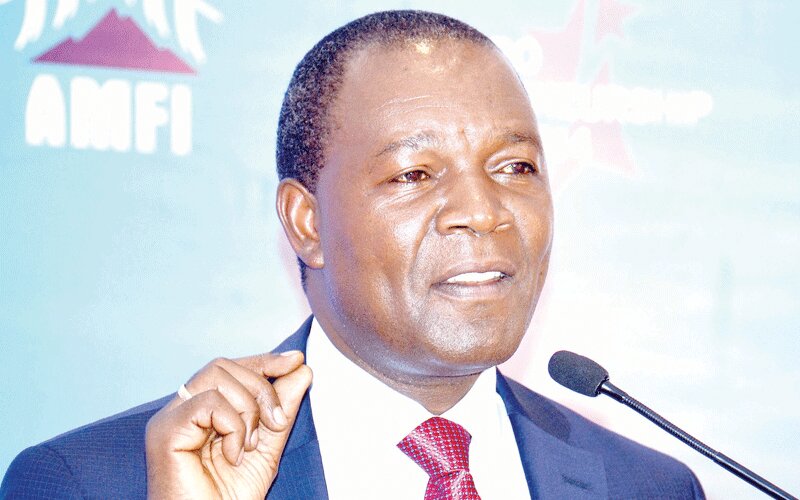Why World Bank cut back Kenya’s Sh121b loan bid
By Herald Aloo, December 7, 2022Kenya’s attempt to secure an additional $1 billion (Sh121 billion) loan from the World Bank has been rejected due to the country’s high fiscal risk amid budget shortfalls, leading to the approval of only three-quarters of the initial request.
The move will enable Kenya to receive only a $750 million (Sh90.75 billion) loan from the multilateral lender in the current financial year ending June 2023 despite President William Ruto’s promise to cut borrowing while increasing revenues.
When given, the new loan will fall under World Bank’s Development Policy Operations (DPO) financing which Kenya has tapped since 2019, and is aimed at helping the benefiting countries tackle existing or expected development projects.
“The government has lined up an additional DPO of approximately USD 750 million for the current Financial Year. We’ve been trying to negotiate that to a billion dollars but it has promised that this is what is openly possible right now,” National Treasury Cabinet Secretary Njuguna Ndung’u said yesterday.
Partnership framework
He was speaking during the launch of the Kenya-World Bank renewal of country partnership framework (CPF) for the 2023-2028 financial year.
The agreed new Sh90.75 billion loan facility is expected to abridge Kenya’s external financing needs to tackle ongoing shocks like severe drought, economic recovery, and access to the international capital markets.
However, the $250 million (Sh30.25 billion) difference that the World Bank scrapped from Kenya’s initial loan request points to the country’s growing debt burden and risks that have continually put pressure on the government’s attempts to source funds.
“Ongoing uncertainties around Covid-19, the war in Ukraine, and adverse weather conditions pose significant risks, including to plans for fiscal consolidation. Kenya’s debt remains sustainable, but its risk of debt distress has shifted from Low to High,” World Bank said in the CPF report. Kenya has acquired DPO funding over the last four consecutive fiscal years since 2019, with a combined total of $3.25 billion (Sh393.25 billion). World Bank extended another $750 million (Sh90.75 billion) loan for Kenya in March this year to support economic recovery.
Fiscal consolidation and debt management, strengthening of public expenditure, and revenue mobilisation will be the centrepiece of President William Ruto’s renewed CPF with the multilateral lender across the medium term.
National Treasury is trying to peg the debt ceiling to 55 percent of the gross domestic product (GDP) as part of the debt sustainability drive which has come with hard-hitting austerity measures.
Ruto’s government wants to slash the currently approved budget deficit by about Sh300 billion to tackle current economic hurdles while aligning its preferred manifesto.
Already, National Treasury has issued guidelines on the belt-tightening measures that would see thousands of public officers being denied some of the lucrative allowances that they have traditionally enjoyed.
The DPO funds will add to Kenya’s continued shift to cheaper concessional loans, having received a nod from the International Monetary Fund (IMF) to access a $433 million (Ksh52.8 billion) loan beginning December 2022 as part of budgetary support.
Funding headache
Kenya is also in talks with the African Development Bank (AfDB) for more aid as the country still faces a funding headache.
In the current 2022/23 budget, Kenya aims to borrow Sh865 billion to fund development and recurrent expenditure, with about Sh580 billion to be sourced domestically.
Central Bank of Kenya (CBK) is betting on new inflows from World Bank and IMF external financing, often dollar-denominated, to buff up its foreign currency reserves which recently slipped below the minimum target of at least 4.5 months of import cover.
More Articles

